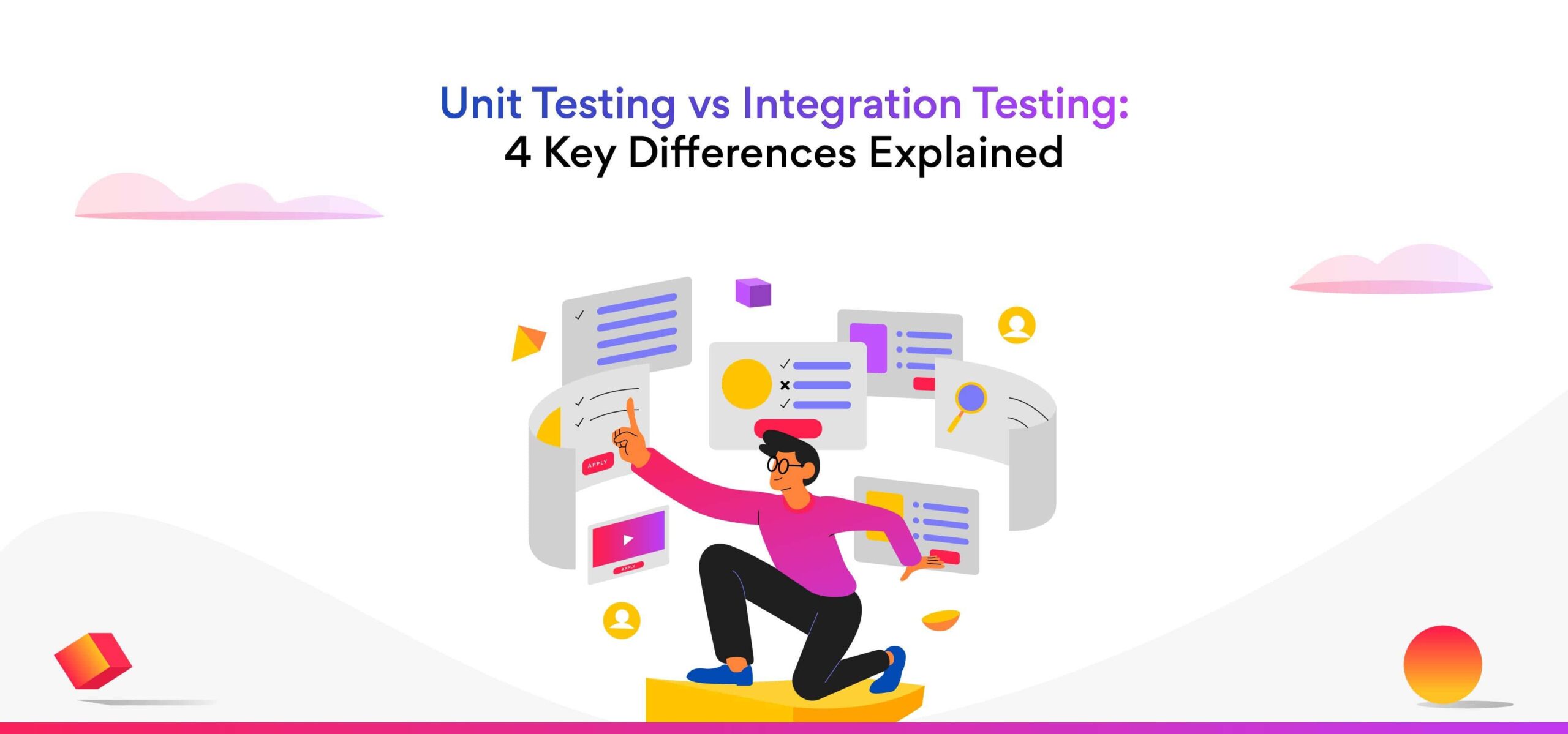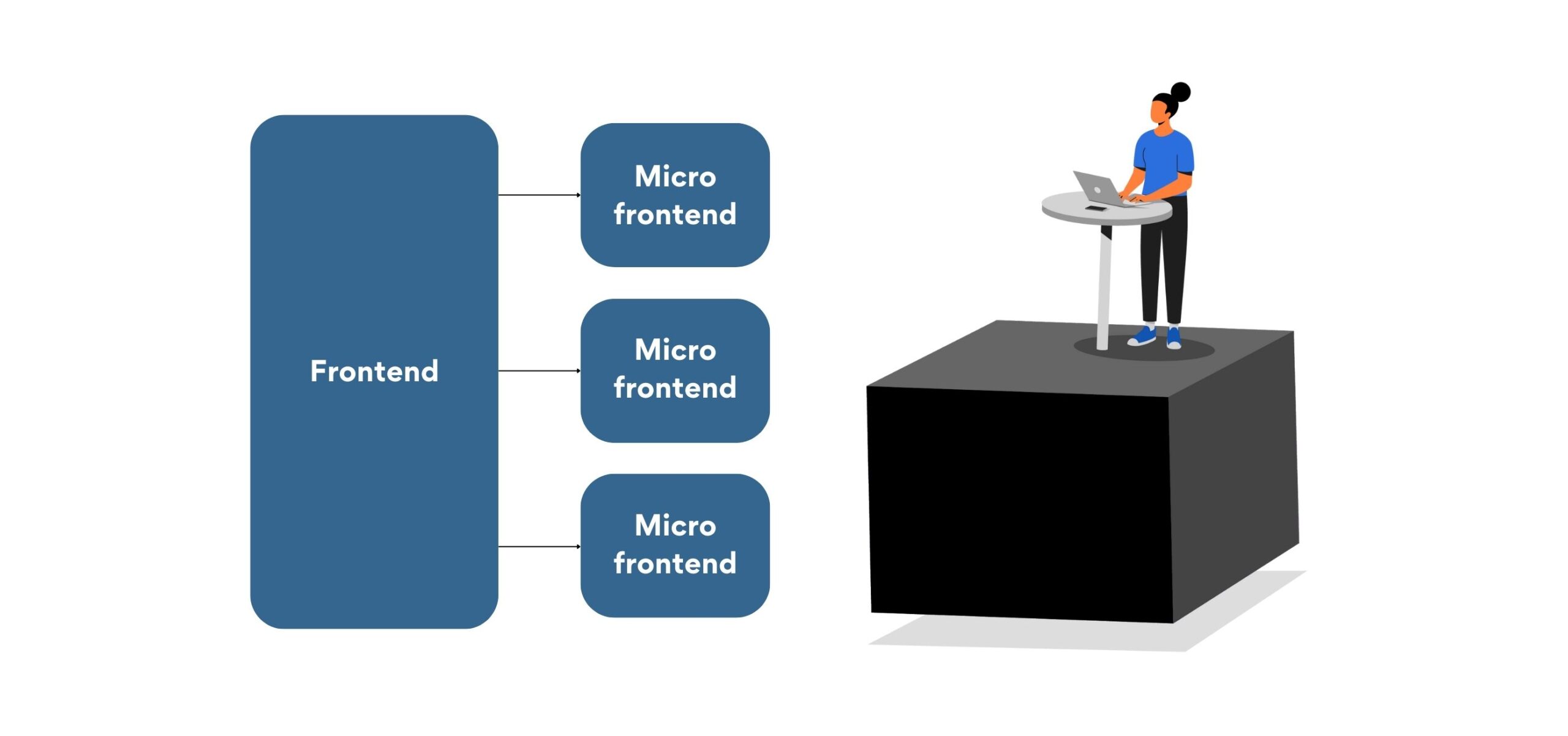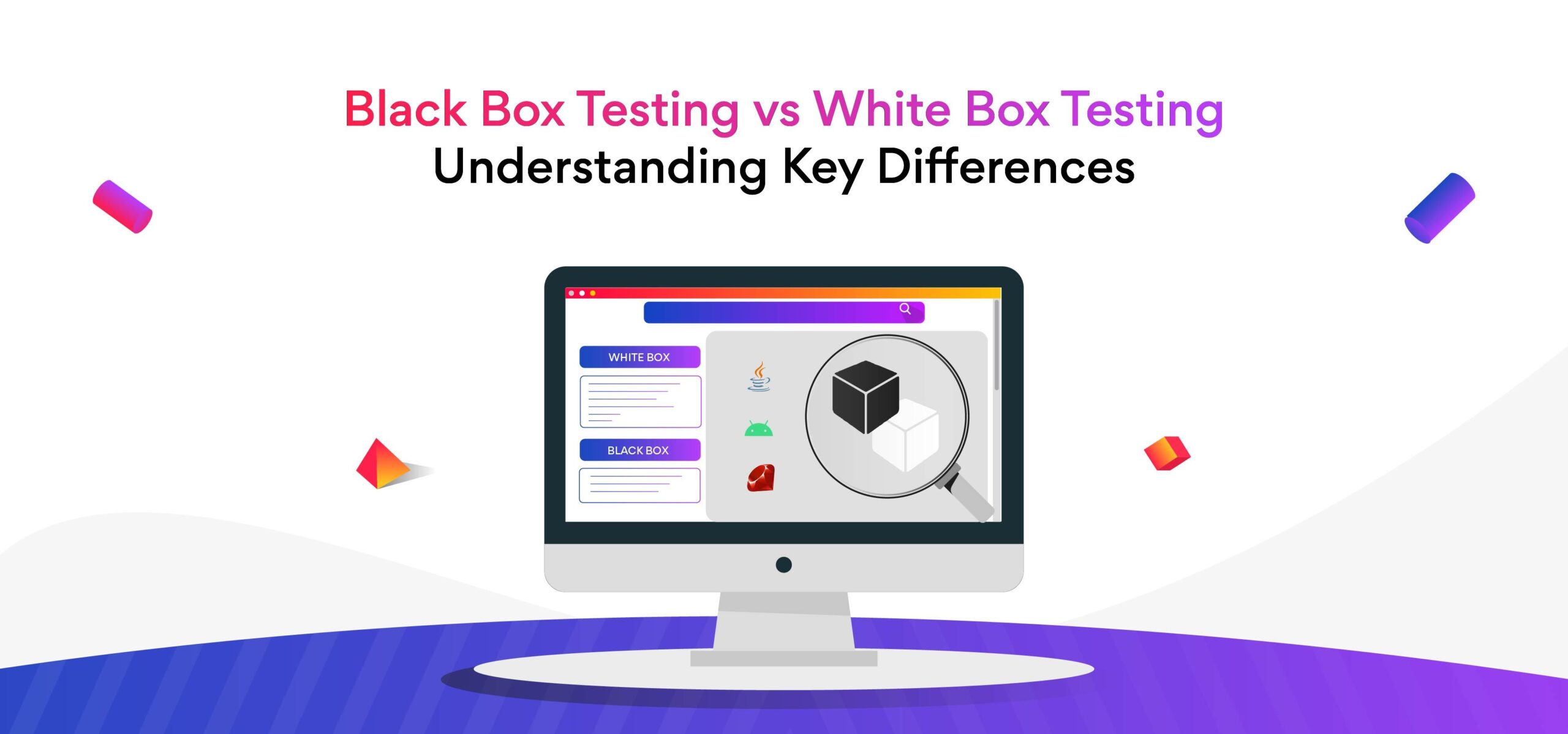Unit Testing vs Integration Testing: 4 Key Differences Explained
Unit testing vs Integration testing, which is better? Can we do integration testing without unit testing? What is the main purpose of integration testing? What are two types of integration testing? What are unit testing tools?
This blog will help you answer all these questions.
What is unit testing?
Unit testing is the type of testing wherein components or units of a software undergo testing. Unit testing happens during the development phase of the application to ensure that each part of the software performs design-specific functions.
By using unit testing, developers can conclude whether the tested part is ready to use or not. Unit testing isolates a part of the software to check it separately not affecting other parts of the software. Using the isolation technique, developers identify bugs in the early stage of development which keep the cost of fixing bugs low.
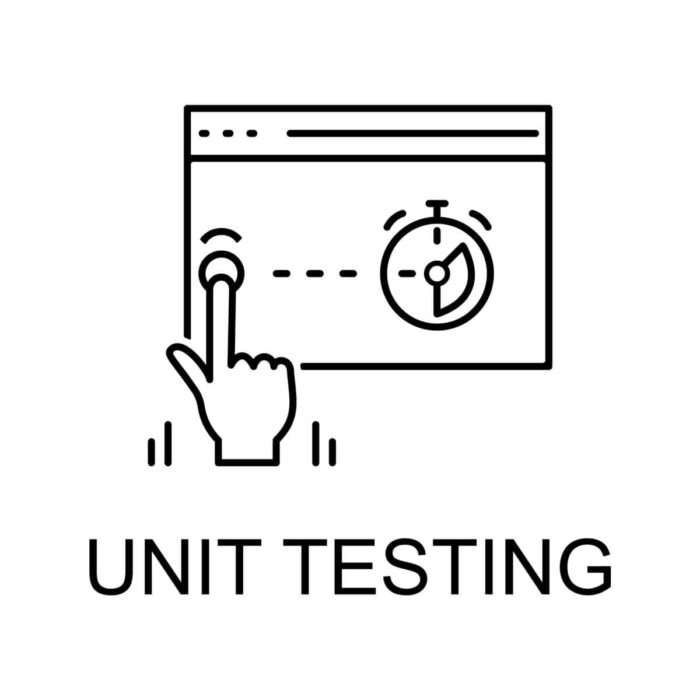
Unit testing is the process of checking the code of different software modules.
What is integration testing?
Integration testing is a type of software testing in which the different units, modules or components of a software application are tested as a combined entity. Integration testing ensures that two separate modules work seamlessly together.
By using integration testing, developers can combine different modules of separate software and integrate the modules into an end product. This testing method tests whether the two modules communicate with each other properly.
Using dummy programs, developers can simulate the missing part of a software module that is not allowing smooth communication. Later they can code that part into the module.

Integration testing is the process of checking whether two software modules work together or not.
Here are the key differences between unit and integration testing.
-
Unit testing vs Integration testing: Team size
Unit testing does not require a team of developers to check pieces of code. A single developer can easily perform software unit testing.
On the other hand, integration testing requires a team of developers. The team of developers prepares test plans, designs test cases, run multiple tests, and identifies and fixes key issues with system integration testing.
Check out this blog to know 4 Qualities of High Performing Teams. -
Unit testing vs Integration testing: Code accessibility
To perform unit testing, code accessibility is necessary as developers need to check the written code.
Unlike unit testing, integration testing does not require code accessibility as developers only need to check the interfaces and module interactions. -
Unit testing vs Integration testing: System-wide issues
Software unit testing checks software parts and modules for issues. Developers only check the code and software functionality. They do not check any system issues.
System integration testing checks for the connection between two or more modules. By doing this, developers check any system-wide issues that arise from the modules used for integration. -
Unit testing vs Integration testing: Bug detection
Bug detection in software unit testing is easy as developers check the piece of code, identify the issue, and rewrite the code to fix the issue.
On the other hand, bug detection in system integration testing takes more time as developers need to understand the origin of the bug, find the solution and test the performance of the new approach.
Other key differences
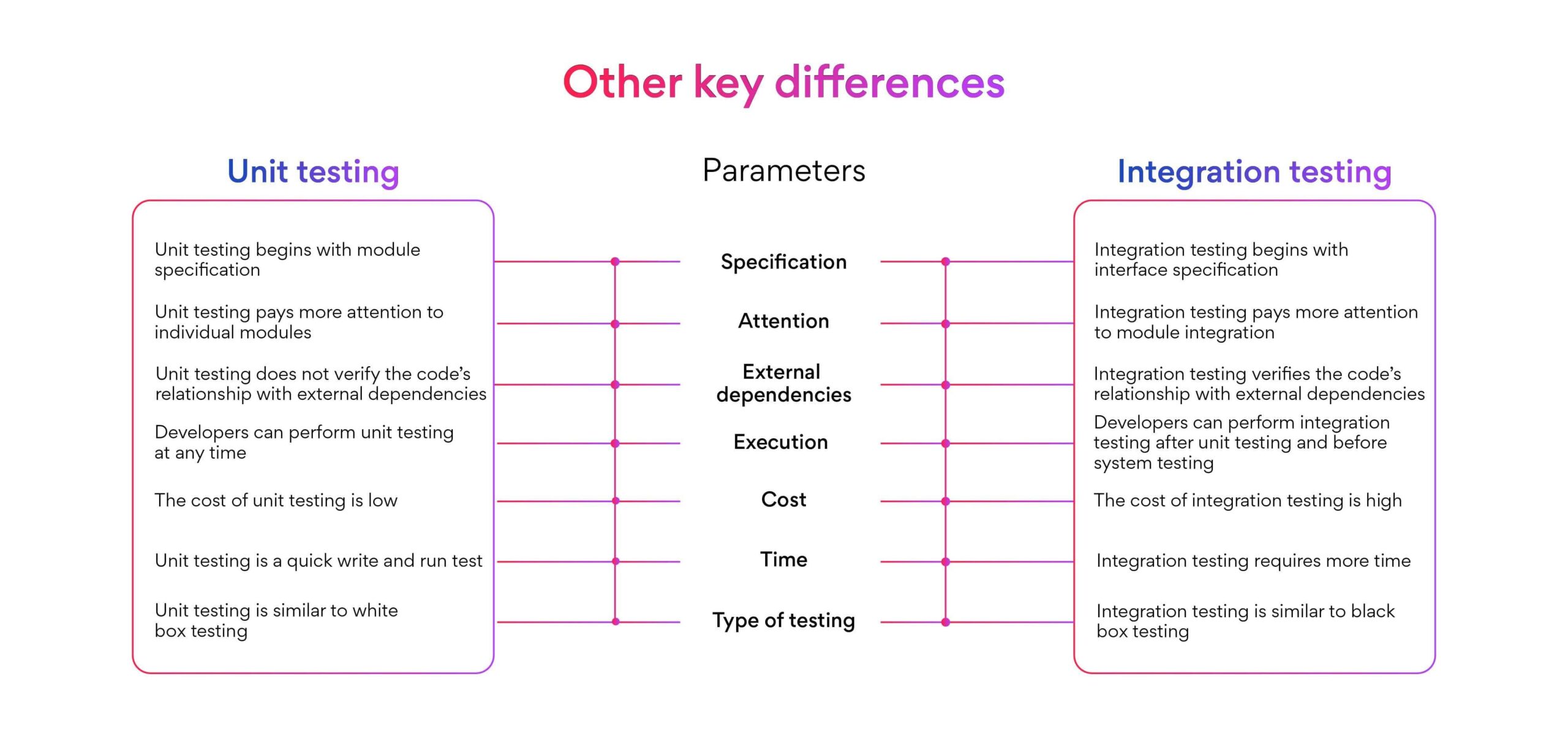
Main differences between integration testing and unit testing
What are some of the common unit testing tools?
Some of the common unit testing tools are as follows:
- Junit: Junit helps conduct unit tests for Java programming language software applications. Junit helps test software data and code and offers assertions for the test method in use.
- PHPUnit: PHP programmers can use PHPUnit for software unit testing that allows you to check small pieces of code individually.
- JMockit: JMockit is an open-source unit testing tool based on the Java framework. JMockit helps mock objects in testing and uses instrumentation APIs to alter code during runtime.
Related Post: 7 Popular Open Source Tools to Checkout
What are the common approaches to integration testing?
Some of the common approaches to integration testing are as follows:
- Big bang testing
In this testing method, developers combine all the modules of a system as one unit and conduct integration tests. - Top-down testing
With this method, developers test the modules from top to the bottom. Top-down system integration testing checks the top modules before moving to the lower modules. - Bottom-up testing
This method tests the modules from bottom to top. Bottom-up system integration testing checks the bottom modules before moving to the higher modules.
Summary
Unit testing determines whether a particular module or part of the software works as per expectation by checking the code. Integration testing, on the other hand, determines whether different modules work together in a software system
Unit testing and integration testing are important stages in the software development cycle. Developers well-versed with unit testing or integration testing can help organizations develop excellent software in an efficient and timely manner.
Are you experienced in the unit or integration testing?
Turing can help you get your dream job.
Turing offers long-term high paying remote software jobs in top US jobs companies. Visit our Jobs page to know more.
FAQs
- What are two types of unit testing?
The two types of unit testing are manual testing and automated testing. Manual unit testing involves writing the code by hand whereas automated unit testing uses prewritten code script to solve common issues. - Is integration testing part of functional testing?
No, integration testing is not a part of functional testing. Integration testing tests different modules for interaction in a system whereas functional testing tests the functionality of all parts of a software application. - What are the steps in integration testing?
The steps in integration testing include preparing the test plan, designing test cases, test scenarios, use cases and scripts, module integration, error detection, bug fixing, and retesting functionalities.
Join a network of the world's best developers and get long-term remote software jobs with better compensation and career growth.
